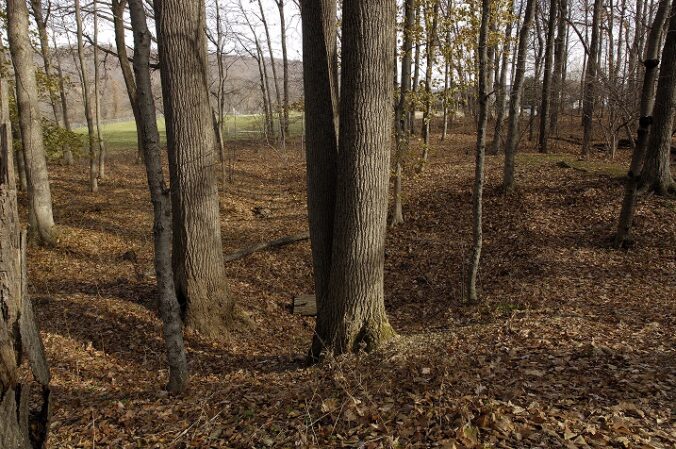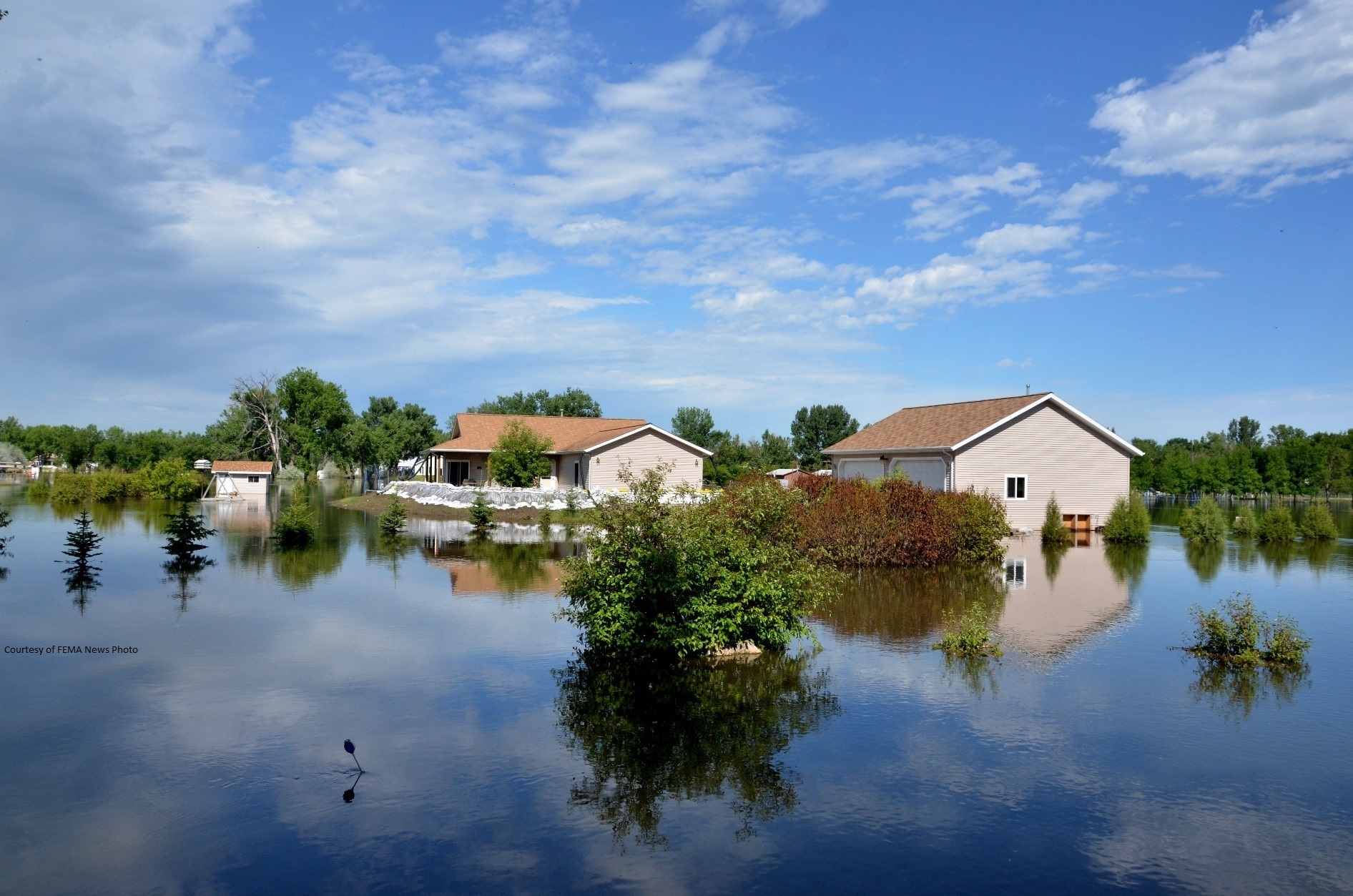Back in October 2023, we shared a blog highlighting the updates to the Hardyston Jasper District that PA SHPO archaeologists were working on. These updates included reevaluating our PASS data to create and formally designate the NPS/Keeper Eligible Hardyston Jasper District, refine the district’s boundaries from the boundary established in the 1988 report by Anthony and Roberts, and identifying and evaluating sites for inclusion in the Hardyston Jasper District.







Recent Comments